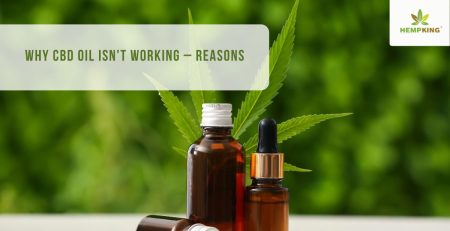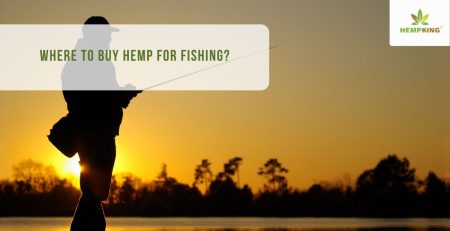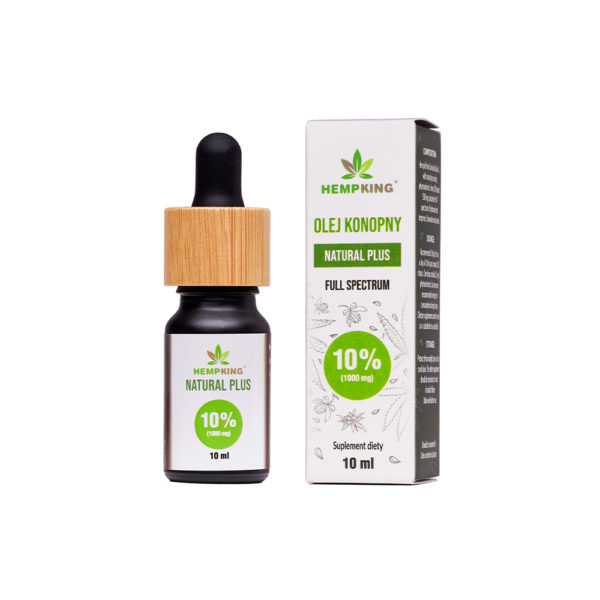CBN - What is it?
min. reading
Among the palette of the many phytosubstances contained in hemp, there are about 100 different cannabinoids – more and less common. Cannabinol, although it was discovered first, is among those less well-known, as well as less researched compounds compared to CBD or THC. What exactly is CBN and what is its relationship to tetrahydrocannabinol – we will try to explain in this article.
Table of Contents
What is CBN?
Compounds called cannabinoids exhibit diverse properties, and it can be said that each of them acts in an individual way. This is primarily due to their chemical structure – which is why, among other things, there is such a wide variety among cannabis varieties, each with a unique cannabinoid and terpene profile. In the case of CBN, we are dealing with a compound that is found in large quantities in varieties with high THC. However, there is a condition that must be met to increase its amount in dried hemp. As it turned out, cannabinol is a non-enzymatic byproduct of the tetrahydrocannabinol oxidation reaction. Its highest concentration is found in hemp raw material stored for a long time after the plant is cut – this is when the conversion of THC to CBN through oxidation occurs under natural conditions. There is no specific strain that is naturally rich in this compound. Studies show that cannabinol has a much weaker effect compared to THC, reaching about ¼ of its potency. CBN is the first cannabinoid to be discovered and isolated, which took place in the late 19th century, while its synthetic counterpart was created in the ’30s.
CBNA in fresh dried hemp seed
In the case of fresh dried hemp seed, we usually deal with a small amount of this compound. It is then present in an acidic (inactive) form, i.e. CBNA (cannabinolic acid) which during the process of cannabinoid activation called decarboxylation changes into CBN, i.e. the active form. It has also been discovered that small amounts of acidic forms of THC (THCA) under prolonged exposure to sunlight or UV rays convert to CBNA, which can then be activated by performing the aforementioned decarboxylation process.
CBN and the endocannabinoid system – how do they work together?
Like other cannabinoids, cannabinol also affects our endocannabinoid system (ECS), a system of receptors scattered throughout the body whose job is to maintain the balance of all systems, or homeostasis. CBN, like THC, binds to both CB1 receptors (located, among others, in the cerebral cortex and hippocampus) and CB2 receptors, which can be found mainly in the cells of the immune system or spleen, but shows greater affinity for the 2nd type of receptors. Although the effect of cannabinol within the ECS is much weaker compared to THC, the compound has the ability to inhibit the activity of many enzymes, including cyclooxygenase, lipoxygenase and many cytochrome enzymes, and can also stimulate the activity of phospholipases. As a cannabinoid that acts directly on cannabinoid receptors (as opposed to CBD, which affects them indirectly), it is considered an excellent complement to this compound – enhancing the so-called synergistic effect of the substances contained in cannabis. Although we don’t yet know everything about how this compound works, new scientific reports are sure to emerge in the next few years, as ongoing research is very promising.
CBN + CBD HempKing Oils
CBN – psychoactive or not?
Since CBN is formed in cannabis mainly as a metabolite of tetrahydrocannabinol (i.e. cannabinol derived from it) this implies an assumption about its consciousness-altering properties. The psychoactive effect of THC is a scientifically confirmed effect on changing perception – the functioning of the senses and the perception of reality, which has become, as it were, a symbol of marijuana consumption. In the ongoing scientific research on the effects of CBN over the past 10 years, there was an assumption that it could have psychotropic effects – because it is derived from a compound with such effects, only much weaker. In fact, it turned out that the isolated substance does not have such an effect, while the presence of CBN next to THC to some extent modulates the effect of this compound, including within the change of consciousness. As of today, cannabinol is recognized as a substance that is not psychoactive, so it is legally available in many countries, including Poland.
CBN – legal status
Currently, cannabidiol is not included in either the “Single Convention on Narcotic Drugs” or the “Convention on Psychotropic Substances,” the official registers of consciousness-altering substances. Consequently, products containing this compound are available in many European countries and in the US, Australia or Canada. Due to its origin (it is an analogue of THC), attention should be paid to local regulations in a given country, as they may differ, including in Europe. On the territory of Poland, only hemp products derived from fibrous hemp are allowed for sale, which also applies to CBN oils or isolates.

















 Facebook
Facebook Instagram
Instagram

Leave a Reply